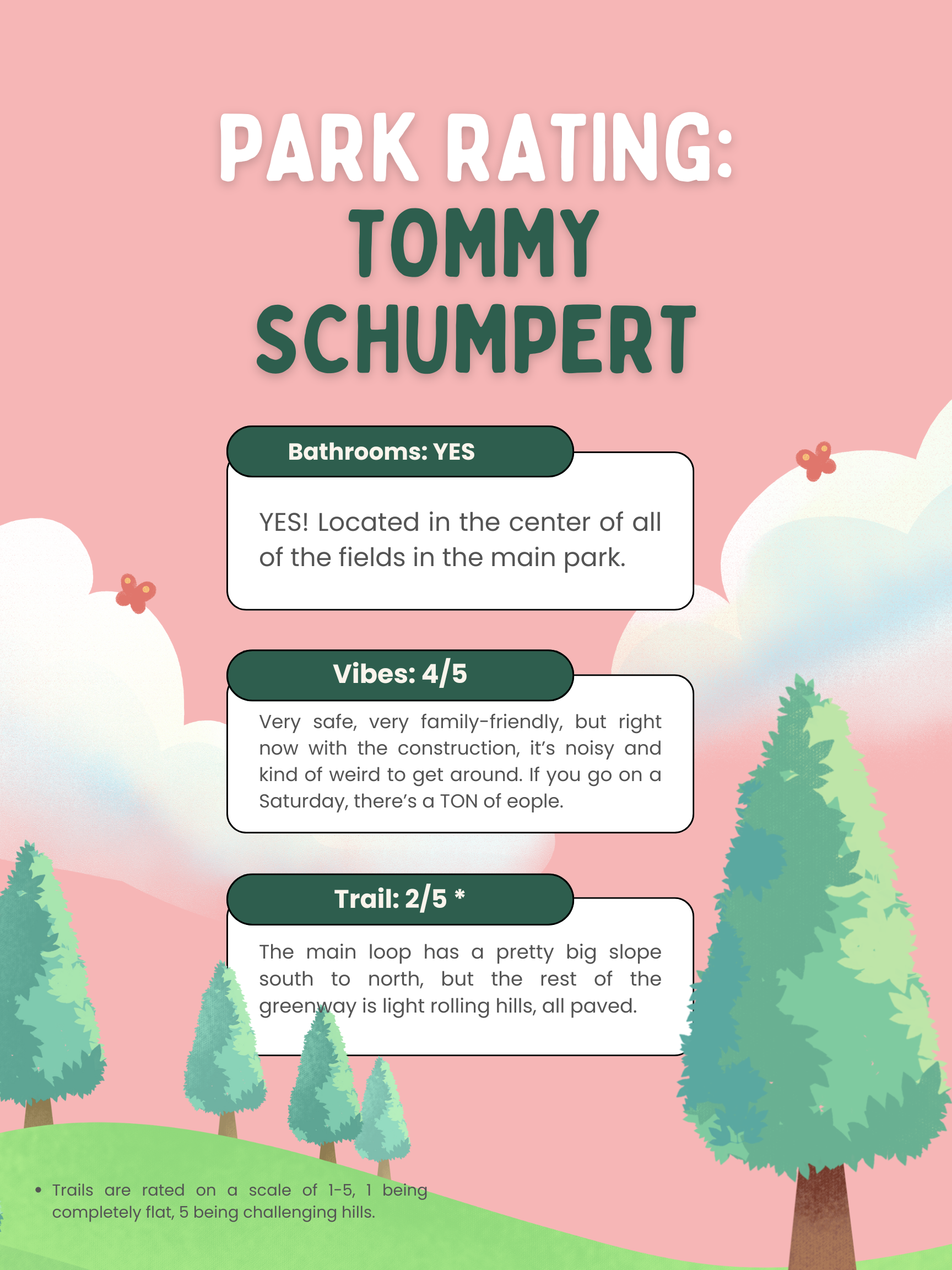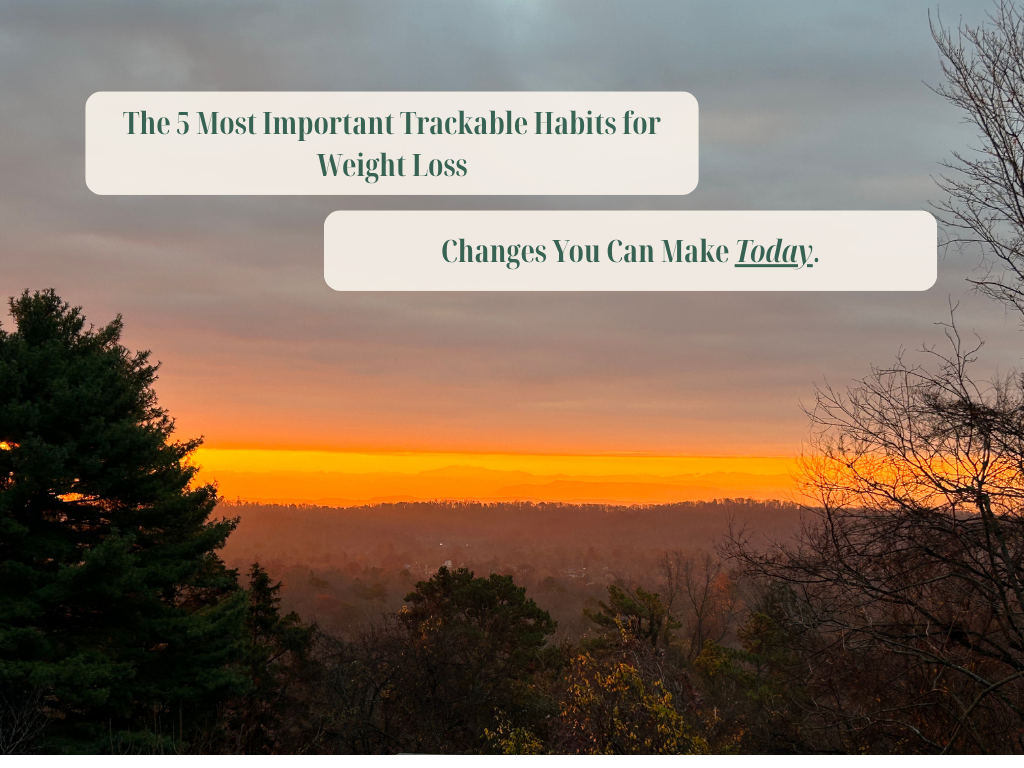Your cart is currently empty!

Are warm-ups before a workout worth the hype and time or are they a waste of time?
This week alone I have been asked by several people “What’s the point of warming up?” or “What’s the difference between just doing a stretch or two and doing a full warm-up?”
Warm-ups will vary from coach to coach, client to client, and even from workout to workout. Certain types of movement and intensities of workouts warrant specific warm-ups, while others only need to get some quick blood flow. As with every question in the fitness and health industry, it depends.

Let’s take a look at why and when warm-ups can be helpful so you have the knowledge needed to decide for yourself. When deciding what to do for a warm-up, there are three key points to keep in mind:
- Fitness Goals
- Mobility and Individual Body
- Injury Prevention
Fitness Goals
If your goal is to be a strongman or powerlifter, your warm-ups and workouts will look much different than a gymnast.
Different sports and different goals will have varying degrees of flexibility and mobility. Keep in mind, that is for optimal performance in that sport.
“But, BK, I’m not a powerlifter or a gymnast, I just want to be able to keep up with my kids.”
Yeah! So you need some mobility and flexibility. Getting up and down off the floor, climbing playground equipment, even racing your kids in the yard requires your muscles and joints to have a good range and to move without pain. Consistently warming up is a great way to practice that mobility.
For individuals with very specific goals (sports, races, physiques), very specific warmups may be warranted or not. For those of us who just want to move better, feel better, and improve our health, I’d argue that improving our health includes making sure our bodies are moving as easily as they can. The better you feel, the harder you’ll work in your workout, and the better you’ll feel. I promise.
Without getting super science-y, its been argued that some heavy lifting sports, it can be argued that too much flexibility actually hinders the sport because of the decrease in strength at the ends of the ROM in the joints. Static stretching is also discouraged in these instances. If you are a high level powerlifter, first of all, how did you find this site? Second of all, I’m sure you have your own coach telling you what is optimal for your performance. For the rest of us, including myself, most athletes, and readers of this blog, warming up is beneficial.
Mobility and Individual Body
Some people need more warm-up than others because of the condition of their bodies.
Let’s use myself as an example here. My calves have a tendency to get tight very easily, so I foam roll and stretch them before every run. My left piriformis also tightens up and makes my leg go numb if I stand too long, so at least once a week, I devote 5 or 10 minutes to rolling, stretching, and relaxing the stress that is carried in that tight muscle.
Your body is different than mine (probably). Are there parts of your body that tend to get sore more easily? Are there parts of your body that are already sore before your workout? These are muscles that would benefit from some additional attention before you do anything more intense.
Another layer–mobility.
Sometimes this is caused by overactive/underactive muscles. Think of your muscles as good ole tug of war from field day. If one side pulls harder, the other side slacks off and gets closer to the mud pit in the middle. Except here, if the muscles in the front of your hips pull harder than the ones on the back of your hips, your pelvis tilts forward and you have low back pain. This can happen around any joint. When we have overactive and underactive muscles in play, trainers will usually prescribe a combination of stretching and strengthening exercises during your warm-up. I don’t recommend self-diagnosing here, consult a trainer, as we’re trained to look for these things.
Sometimes mobility is a joint that always seems stiff, say a knee. Warm-ups are a great way to restore that blood flow and range of motion before putting any additional stress on a joint. A heavy squat after some dynamic stretches and a lighter, slower warm-up set feels much better and yields better results than walking into the gym and straight to the rack.
Injury Prevention
This is my biggest argument for a proper warm-up. Readying your muscles and connective tissues for the movement you are about to intensify decreases your risk of injury.
The process of “warming up” or progressively loading the body with activity increases blood flow, and blood flow is everything! That blood supplies muscles with oxygen and nutrients to help them do what they do best. That circulation helps the muscles relax and loosen up/lengthen to their full range, and this ability helps protect them from tears and strains.
Think about a brand new latex balloon. If you’ve ever blown one up, you’ll know that it’s always better to give it a few stretches before blowing. This pre-stretches (lengthens, if you will) the latex; when you fill it with air, it more easily stretches to hold it. If you don’t stretch it beforehand, it’s more likely to pop in your face. That’s terrifying. We don’t want that.
Not that your muscles are going to pop like a balloon, but the same principle applies: warming up the body with that light movement and stretching keep s the joints, muscles, etc. ready to go and less likely to be injured.
So What Do We Do? – How To Warm Up
For general full body lifting and most of. my beginners , I always recommend 3-5 minutes of movement (marching, walking, etc.) to get the blood flowing before any stretches. Then 5-10 minutes of full body movement. Deep melasana stretch (Yogi squat), arm circles, walking quad stretches, Frankenstein walks, figure-4 walks, and the world’s greatest stretch.
If you’re on a lower/upper split, focus on limbering up that part of your body as well as some specific warm-up movements. For example, if we are barbell back squatting today, I’ll have you do a regular dynamic stretching warmup focused one your legs, but then we’ll also do a lighter warm up set of those squats before we add heavier weights on. The name of the game is to gradually get the muscles into the more intense movement. If you’re working legs, pay special attention to legs; same idea with upper body. I am always a fan of spinal rotations, though, so throw in world’s greatest stretch or thoracic rotations as well.
Athletic work, running, anything with power and speed requires some extra warmup. For runs, I’ll add skips, slow strides, A and B skips, and hip swings. In the same way that we prepare the body for intense weight lifts, we also gradually introduce more and more speed and power. We won’t wake up and immediately start sprinting. Bad idea.
Basic Warm-Up
- Problem areas (tight muscles): foam roll and stretch and hold for 30 sec;
- Specific warm-ups: light warm-up sets of the exercises or the muscle groups you’ll be working
- Dynamic stretching: short stretches to those areas you’ll be working (hold for 1-2 seconds); mobility exercises like ankle and arm circles and hip swings
- For athletes: Jogging or sport-specific warm-ups. If you’re a runner, learn to skip and do run-specific skips to warm-up those legs.
As always, reach out if you have more questions! I’m happy to help! If you share your warm-up on socials, tag us!
-BK



